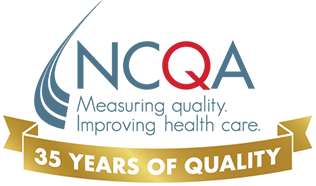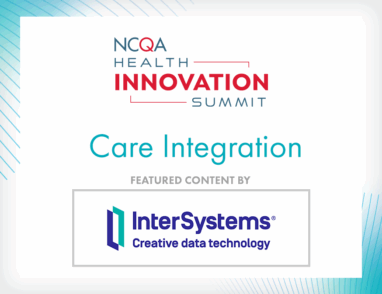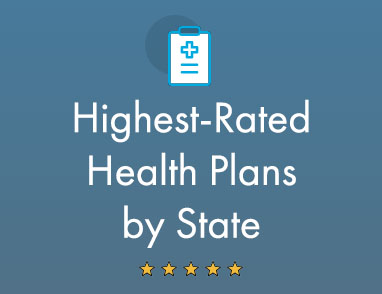Empowering Cancer Patients: How ePROs and Remote Monitoring Improve Transitions and Outcomes
November 6, 2025 · Guest Contributor
When care is truly integrated, it is coordinated across specialties and settings to focus on the “whole patient.” Care integration can help improve the patient experience and clinical outcomes, and help reduce inappropriate health service utilization.1,2 But although advances in care and emerging technologies have allowed more patients to be treated in outpatient or community settings, transitions between care settings still carry substantial risks, and many outpatient practices struggle to manage complex patients between office visits. Oncology, for example, is one area where patients face increased risks for poor outcomes. Symptoms may escalate between visits, and potentially life-threating complications can arise suddenly. Yet, with the right tools, many disease and treatment-related issues can be mitigated or prevented through proactive monitoring and management.3
The use of digital tools, combining software and hardware technologies to monitor patients remotely, is gaining traction,3 and is proving to be effective at not only managing therapy complications, but also at improving patients’ quality of life and satisfaction.2 One such example is the use of Electronic Patient-Reported Outcomes (ePRO), digital tools that let patients report symptoms, side effects and quality-of-life indicators in real time. These tools have shown remarkable promise in oncology settings that can lead to better identification of patients’ needs, improving patient-provider communication, care management, and patient satisfaction, as well as decreased emergency department visits.4
At the federal level, in 2023 the Centers for Medicare & Medicaid Services (CMS) launched the Enhancing Oncology Model (EOM), a voluntary, value-based payment model covering Medicare beneficiaries. Lessons learned from a previous model, the Oncology Care Model, led CMS to require the use of ePROs by EOM4 participants beginning in performance period 5 (PP5), which corresponds to measurement year 34, to monitor symptomatic toxicities, physical functioning, behavioral health and health-related social needs. Patients submit data via smartphones, tablets, or even voice response systems. The information is then integrated into EHRs, enabling care teams to respond quickly to concerning trends.4,5
While large hospitals and health systems are often better equipped to implement remote monitoring and use of ePROs for patients, and have the ability to integrate care across specialties, community oncology practices—where most cancer patients get treatments6—face unique challenges to ensure integrated, coordinated care. For community oncologists, remote patient monitoring is a scalable way to extend care beyond the clinic. For rural or underserved populations, it bridges the gap between clinic visits and real-world needs, ensuring continuity of care. Data can be shared across teams, improving communication between oncologists, nurses and navigators, and patients report feeling more in control of their care and more connected to their providers.6
In a study of a large community oncology practice, the combination of ePRO and other remote monitoring tools demonstrated significant reductions in hospitalizations (39%), emergency department visits and overall cost of care ($1,146 per member per month in average savings per ePRO-monitored patient per month).7
The integration of ePROs and remote patient monitoring (RPM) into transitional oncology care represents a shift toward truly patient-centered models. These technologies can empower patients to be active participants in their treatment, reduce unnecessary utilization, enhance communication across providers and improve outcomes across the board.
This blog is brought to you by Johnson & Johnson and the views expressed are solely those of the sponsor.
1 Patient Satisfaction and Quality of Surgical Care in U.S. Hospitals. Accessed at: https://pmc.ncbi.nlm.nih.gov/articles/PMC4248016/. September 15, 2025
2 The association between care integration and care quality, Health Services Research. Volume 59, Issue 6, December 20204. Accessed at: https://onlinelibrary.wiley.com/doi/10.1111/1475-6773.14214. October 25, 2025.
3 Ochsner Chemotherapy Care Companion. Vol. 38, No.3, 2023. Accessed at: www.accc-cancer.org/docs/documents/oncology-issues/articles/2023/v38-n3/ochsner-chemotherapy-care-companion.pdf. September 16, 2025.
4 CMS Enhancing Oncology Model ePRO implementation Fact Sheet. Accessed at https://www.cms.gov/priorities/innovation/media/document/eom-epros-fs. September 15, 2025.
5 Reflections on the Oncology Care Model and Looking Ahead to the Enhancing Oncology Model. JCO Oncology Practice. Volume 18, No. 10. Accessed at: https://ascopubs.org/doi/10.1200/OP.22.00329#:~:text=One%20of%20the%20primary%20goals,requirements%20and%20drive%20quality%20improvement. September 16, 2025.
6 National Cancer Institute. Accessed at: https://www.cancer.gov/research/areas/disparities/chanita-hughes-halbert-clinical-trials-community-access#:~:text=Approximately%2085%25%20of%20cancer%20patients,the%20quality%20of%20their%20care. September 17, 2025
7 JCO Clinical Cancer Informatics. Impact of Remote Symptom Monitoring with Electronic Patient-Reported Outcomes on Hospitalization, Survival, and Cost in Community Oncology Practice: The Texas Two-Step Study. Patt, et. Al. Accessed at: https://ascopubs.org/doi/10.1200/CCI.23.00182. October 30, 2025.







